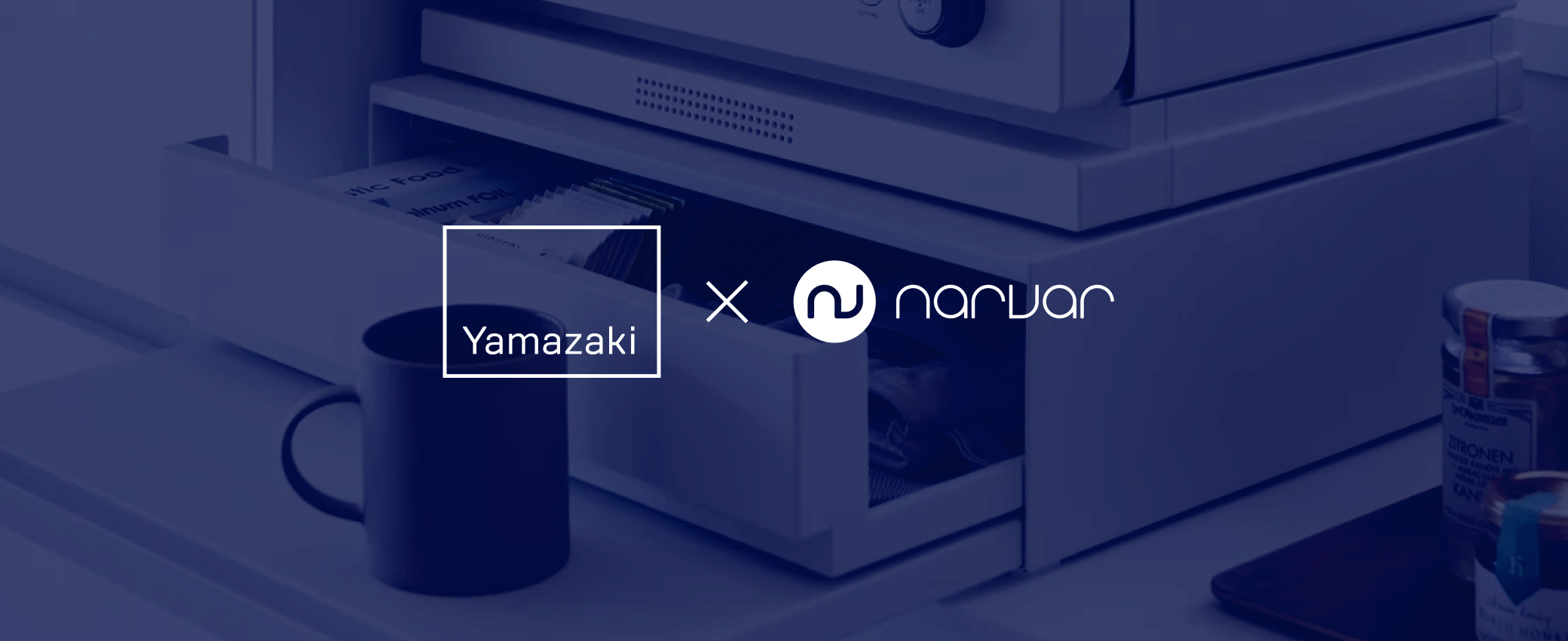

AI-powered delivery date estimates to boost conversion
Give shoppers peace of mind and protect and grow your bottom line
Personalized tracking experiences to build brand loyalty
Returns and exchanges management to mitigate fraud and reward best customers
Proactive communication to drive customer lifetime value
Delivery claim management to tackle fraud and build trust
5 Features You Need in Your Ecommerce Returns Software
%20(43).webp)
Using an ecommerce returns software has become table stakes for retailers, but not every return solution is created equal. Sure, there are standard features. Most returns software will act as your gatekeeper: using an order number to determine eligibility, documenting return reasons, and, finally, providing an RMA number and return shipping label for all qualifying returns.
However, once you move beyond these standard features, how can you choose the right ecommerce returns software for your needs? The following features represent important points of differentiation to consider. Not only can they generate critical business insight for your organization, they can also help contribute to creating a positive returns experience for your shoppers.
Feature #1: Flexible return options
Today’s consumers are crystal clear about what they want: convenience and choice.
When considering ecommerce returns software, you want a solution that gives customers a plethora of options for getting their returns back to you. In-store and mail-back are standard. Advances in technology and Amazon-driven market changes mean that consumers expect a wider variety of flexible return options than ever before.
Does the software you’re considering allow for any of the following options?
- Package drop-off at convenient neighborhood locations (such as Walgreens or the UPS Store; Narvar’s network includes more than 200,000 convenient drop-off destinations)
- Printerless and/or boxless returns powered by a QR code
- Home pickup, made by a carrier
Feature #2: Customizable return rules configuration
Being able to set custom return rules can help reduce the manual effort required for returns processing, though individual return solutions vary in their configuration capabilities.
One place where customizable rules can be especially helpful is in automating return approvals. Rather than requiring each return to be manually approved in-house, upon arrival, some returns software programs can use rules to specify circumstances under which returns can be automatically approved or rejected—as in the case of final sale item and personal item returns.
To take it a step further, consider software that allows you to customize rules based on any order or customer attribute, so you can offer return perks to VIP customers and limit the return abilities of potential fraudsters.
Customizable return rules can also be used to help with routing returns to optimal destinations. For instance, if certain items should be returned to one warehouse, while others should go to a different location, some returns software can dynamically generate return labels that route packages to the correct location, based on a predetermined set of rules.
Feature #3: Personalization and branding
A static branded returns portal offers a seamless brand experience, but leaves much to be desired. With so many eyeballs on your returns pages, you’ll want to make sure you can customize your returns portal to optimize the experience.
Offering branded, contextual return pages based on customer segment and shipment status helps to leverage this prime real estate properly. If a return has been received and processed, for example, consider making new product recommendations on the returns page or offering discounts to entice a subsequent purchase.
Feature #4: Self-service return initiation
Let’s face it: very few customers these days want to have to pick up the phone or email customer service to request a return. In fact, Narvar’s return policy rubric found in the 2021 Return Policy Benchmark Report scores offering only these common initiation channels as a ‘Below Standard’ practice, compared to enabling customers to generate return labels online or submit return requests via online portal or mobile app.
That’s why another important feature to look for when evaluating ecommerce returns software is the return initiation options made available to customers. Empowering your customers with self-service return capabilities not only lessens their frustration, it also reduces the effort required by your customer support team to process returns through traditional channels.
Feature #5: Returns data capture and analytics
Finally, returns may be an unavoidable part of retail—ecommerce or otherwise—but capturing and analyzing returns data may make it possible to minimize their frequency. The ecommerce returns software you choose plays a big role in both the types of data you’re able to collect and how you’re able to analyze them to benefit your ecommerce business.
As an example, your returns solution may allow you to require that customers specify a reason for returning their items when they request a refund or exchange. Taken in aggregate across all of your returns, this data can help you identify steps that can be taken to reduce future returns—such as identifying quality control issues with specific products or places where more clarity is needed on your product description pages (PDPs).
At a more basic level, even data about return timing and frequency can help you detect issues with individual lots or changes in consumer preferences. Uncovering these and other patterns through return data analytics can help you make more informed purchasing and stocking decisions in the future.
Selecting an ecommerce returns software program that includes these five features gives you a leg up over less tech-savvy competitors. If your current returns software isn’t meeting the mark—or if you’re already on the hunt for a new solution—learn more about how Narvar makes it easy to create the best returns experience your customers have ever had.

























